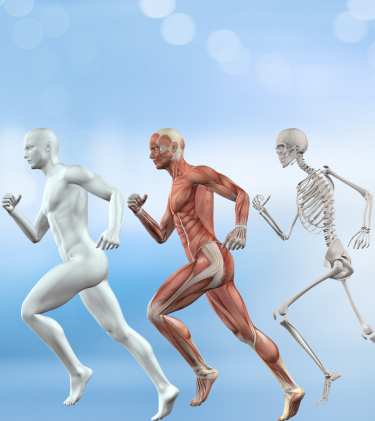



HOME Musculoskeletal imaging
![]()
Musculoskeletal ImagingBones Imaging
Our musculoskeletal (MSK) radiologists focus on imaging of the joints, muscles, and bones. They use ultrasound to diagnose diseases and injuries of the musculoskeletal system.
Musculoskeletal imaging addresses potential disorders related to a patient’s joints, muscles, soft tissues, ligaments, tendons and nerves. Evaluation of torn tendons, ligaments arthritis, systemic disease and post-traumatic injuries can all be made by musculoskeletal radiologists.
We have pioneered imaging diagnosis of many athletic injuries. Sports Imaging caters for the needs of athletes, from elite performance athletes through to those involved in recreational activities. Saint Imaging has the expertise and quality of care to deal with all facets of sports imaging. Our highly trained Radiologists and healthcare team understand the complexities of these injuries and have in-depth knowledge about sports injuries, whether common or rare.
We also address broader Musculoskeletal (MSK) imaging for other ongoing health issues, such as those related to joints, bones and soft tissue inflammation. Common injuries and areas of interest include the Knee, Foot and Ankle, Elbow, Shoulder, Wrist, Hips, Groin and spine.
For suspected joint infection, aspiration can be performed. For painful joints anesthetic and steroids can be injected. This technique can also be used if it is unclear whether pain is from the joint.
Musculoskeletal physiotherapy involves the assessment, diagnosis and treatment of movement-related dysfunctions and disorders that often result in pain. It has been the mainstay of treatment for injuries involving muscles, bones, ligaments, tendons and joints for a huge amount of time.
Our physios are dedicated to your recovery and have successfully treated thousands of patients with musculoskeletal-based injuries.